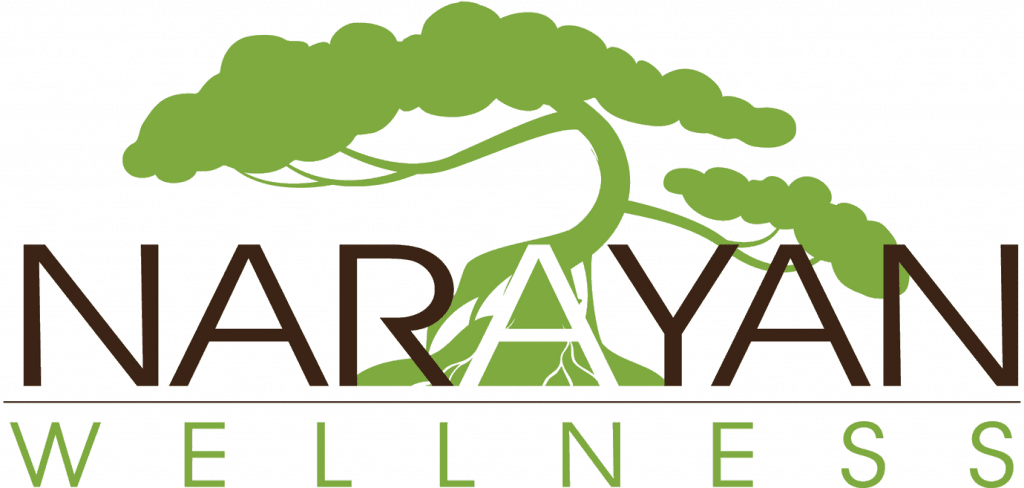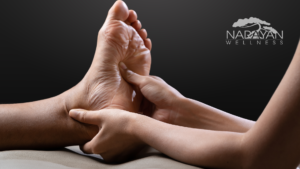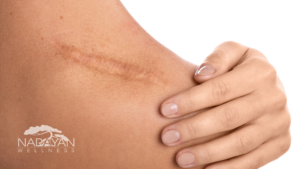In healthcare, massage therapy transcends its traditional role as a relaxation technique. It is a pivotal element in post-operative recovery, aiding patients in regaining strength, mobility, and overall well-being. This comprehensive guide explores the multifaceted role of massage therapy in post-operative recovery, highlighting its numerous benefits, diverse techniques, and the critical consideration of its impact on scar tissue for optimal healing outcomes.
The Importance of Post-Operative Recovery
Post-operative recovery is a critical phase in a patient’s healing journey. It is the period when the body begins its healing and adaptation process after surgery. Ensuring proper care, attention, and rehabilitation during this time is paramount for a smooth, efficient, and complication-free healing process. This period lays the foundation for enhancing the patient’s quality of life, ensuring they can seamlessly return to their daily activities. In this context, massage therapy is an invaluable and effective tool, offering many benefits that significantly contribute to a faster and more comfortable recovery journey.
Benefits of Massage Therapy in Post-Operative Recovery
Improved Blood Circulation
One of the most significant benefits of post-surgery massage therapy is the marked enhancement of blood circulation. Improved blood flow ensures the efficient delivery of essential nutrients and oxygen to the surgical site and other areas of the body, promoting faster and more effective healing. This increased circulation also plays a crucial role in preventing blood clots, a common and severe post-operative complication.
Reduced Swelling and Inflammation
Post-operative swelling and inflammation can cause significant discomfort for patients. Massage therapy is an effective solution for managing and reducing these issues. It enhances lymphatic drainage, a process that aids in eliminating excess fluids and toxins from the body. This reduction in swelling and inflammation alleviates discomfort and prevents further complications, ensuring a smoother recovery process.
Pain Management
Pain management is a significant concern in the post-operative period. Massage therapy is a natural, non-pharmacological approach to managing and alleviating post-operative pain. It aids in releasing endorphins, the body’s natural pain relievers, offering a safer and more holistic pain management solution.
Enhanced Flexibility and Mobility
Regaining flexibility and mobility post-surgery is crucial for patients. Post-operative massage therapy works wonders in improving flexibility and mobility by gently stretching and strengthening the muscles, enhancing the range of motion, and improving the patient’s overall functional capacity.
Management of Scar Tissue
Massage therapy plays a crucial role in managing and reducing scar tissue post-surgery. It helps break down the fibrous tissue, improving the appearance and flexibility of the scar. This process also enhances the elasticity of the surrounding skin and tissues, preventing the tightness and restriction often associated with surgical scars.
Considerations and Precautions
While massage therapy offers numerous benefits in post-operative recovery, it’s essential to approach it with caution and awareness. Patients and caregivers must consult the healthcare provider or surgeon before starting a massage therapy regimen. Understanding the suitable techniques, timing, and intensity of massage is crucial, considering the specific surgical procedure and individual health conditions.
Types of Massage Techniques for Post-Operative Recovery
Lymphatic Drainage Massage
Lymphatic drainage massage is a gentle and effective technique that enhances lymphatic flow. This method reduces post-operative swelling, boosts the immune system, and promotes overall health and wellness.
Deep Tissue Massage
Deep tissue massage targets the deeper layers of muscles and connective tissues, alleviating pain, improving mobility, and contributing to overall muscular and structural healing.
Myofascial Release
Myofascial release involves:
Applying gentle sustained pressure into the myofascial connective tissue restrictions.
Eliminating pain and restoring motion.
Ensuring patients can move freely and comfortably post-surgery.
Conclusion
In conclusion, massage therapy is an invaluable adjunct in post-operative recovery. It aids in faster and more efficient healing, reducing pain, enhancing mobility, and significantly contributing to the patient’s overall well-being and quality of life. The role of massage therapy in managing scar tissue stands out as a critical benefit, ensuring improved appearance, flexibility, and function of the surgical site.
Are you or a loved one navigating the post-operative recovery phase? Don’t traverse this journey alone. Experience the healing touch of massage therapy at Narayan Wellness. Our experienced and licensed massage therapists will guide you through a personalized massage therapy plan, ensuring your comfort, safety, and optimal recovery. Book Your Appointment today to embark on a smoother and more efficient recovery journey with the support of massage therapy. At Narayan Wellness, your health and well-being are our utmost priority. Embrace the path to healing, recovery, and wellness with us. Your journey to a healthier, happier life begins now.




